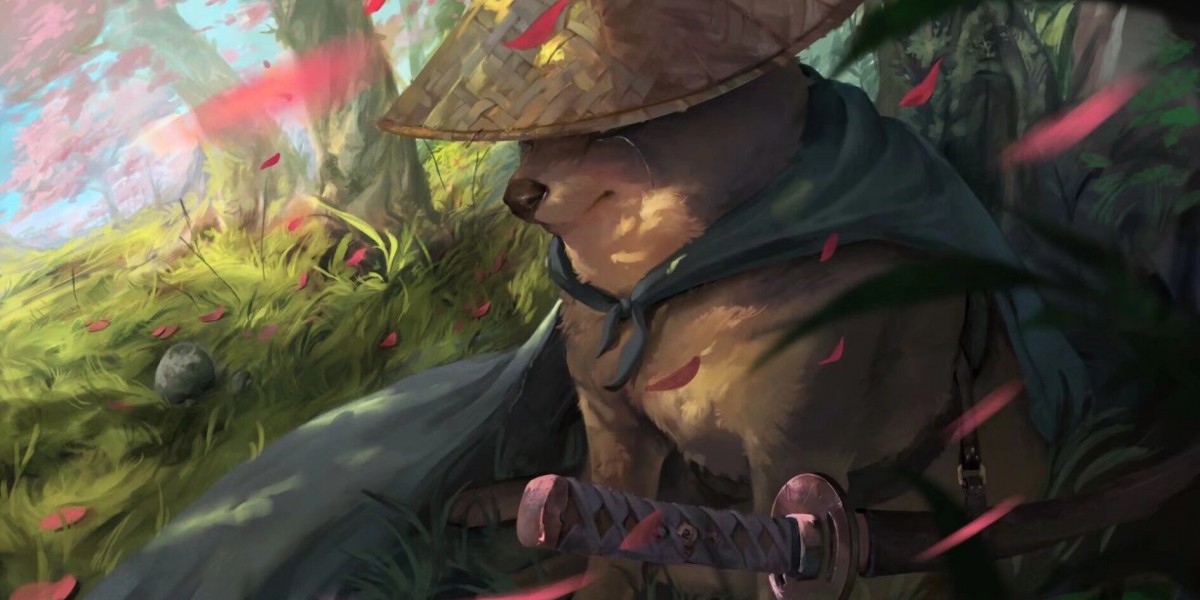 Are you interested in learning more about what porcelain.
Are you interested in learning more about what porcelain. What is porcelain? Porcelain is a type of ceramic material that is made by heating clay at high temperatures to create a hard, white, and translucent material. Porcelain is often used for decorative or functional purposes, such as in the production of fine china, figurines, and other decorative objects. Here are five things that you may not have known about porcelain.
1. Porcelain originates from China
Prior to the 16th century, Porcelain was only produced in China. The Chinese were the first to discover that a certain type of clay that was found in their country could be fired at high temperatures to create a hard, translucent material that was perfect for creating decorative and functional pieces. Porcelain quickly became popular throughout the world, and it was considered one of China's most valuable exports for centuries.
2. Porcelain is stronger than you may think
While porcelain may appear fragile, it is actually quite strong. Its strength is due to the high temperatures that it is fired at, which causes the clay particles to vitrify and become much harder and denser than traditional ceramics. Porcelain is also resistant to scratches, stains, and chips, which is why it is often used for the production of dinnerware and other objects that require durability.
3. Porcelain is a type of "hard-paste" ceramic
Porcelain is classified as a type of hard-paste ceramic because of its density and translucency. Hard-paste ceramics are made with a mixture of kaolin clay, feldspar, and quartz. This mixture is then fired at around 2,600 degrees Fahrenheit to create a dense and hard material that is difficult to shape or carve.
4. Porcelain is still produced by hand today
While many modern porcelain pieces are mass-produced, there are still artisans who craft porcelain by hand. These artisans use traditional methods and techniques that have been passed down from generation to generation. The process of creating handcrafted porcelain objects is time-consuming and meticulous, and it requires a great deal of skill and patience.
5. Porcelain has a rich history in Europe
Porcelain was first introduced to Europe in the 16th century, when Chinese porcelain began to be imported in large quantities. European artisans were fascinated by the material and worked to develop their own methods for creating porcelain. In the early 18th century, a German alchemist named Johann Friedrich Böttger discovered the formula for creating hard-paste porcelain. This discovery revolutionized the porcelain industry in Europe and led to the production of some of the finest porcelain objects in the world.
In conclusion, porcelain is a fascinating material that has a rich history and is still highly valued today. Whether it is used for decorative or functional purposes, porcelain is a durable and beautiful material that will continue to inspire artisans for centuries to come.






